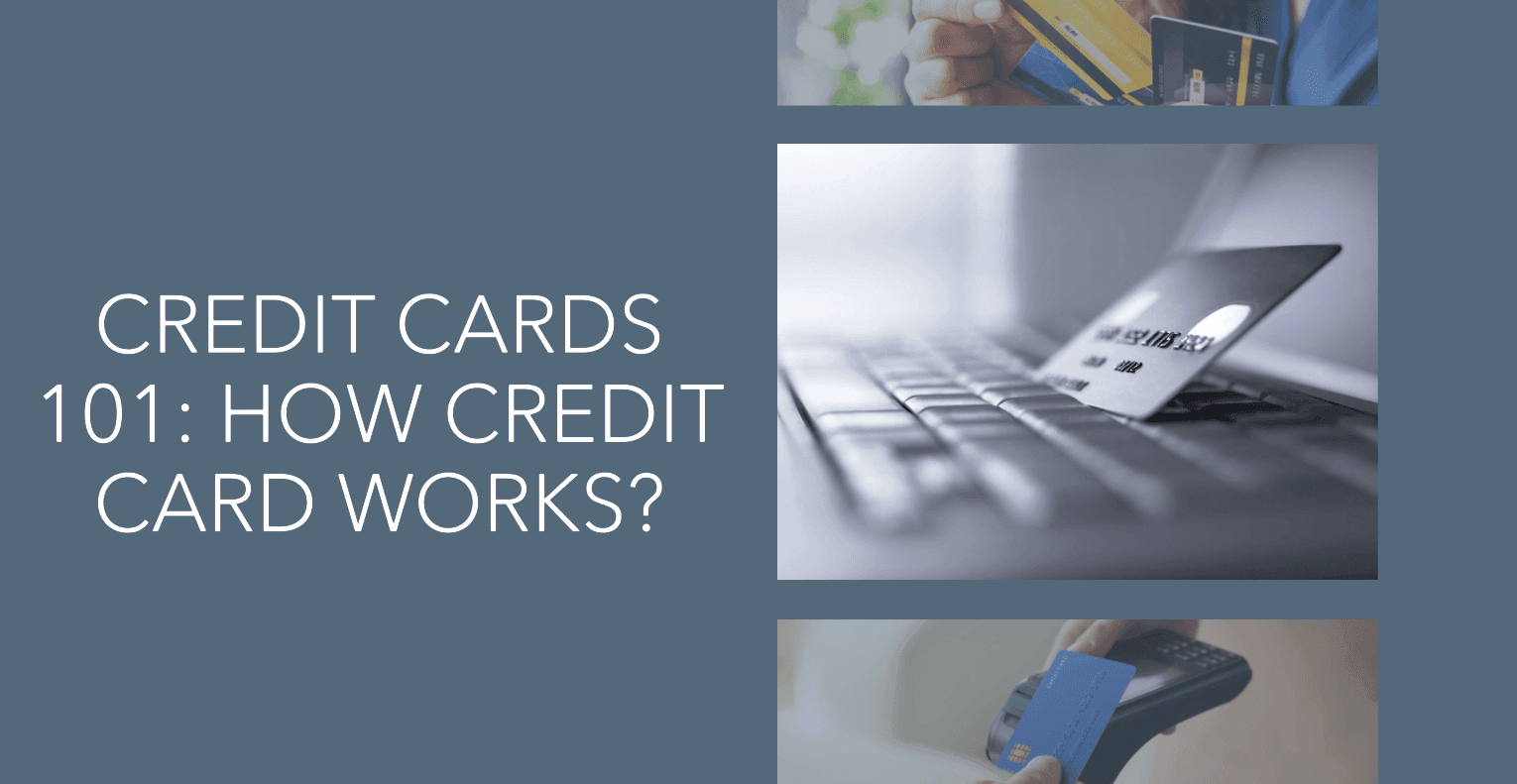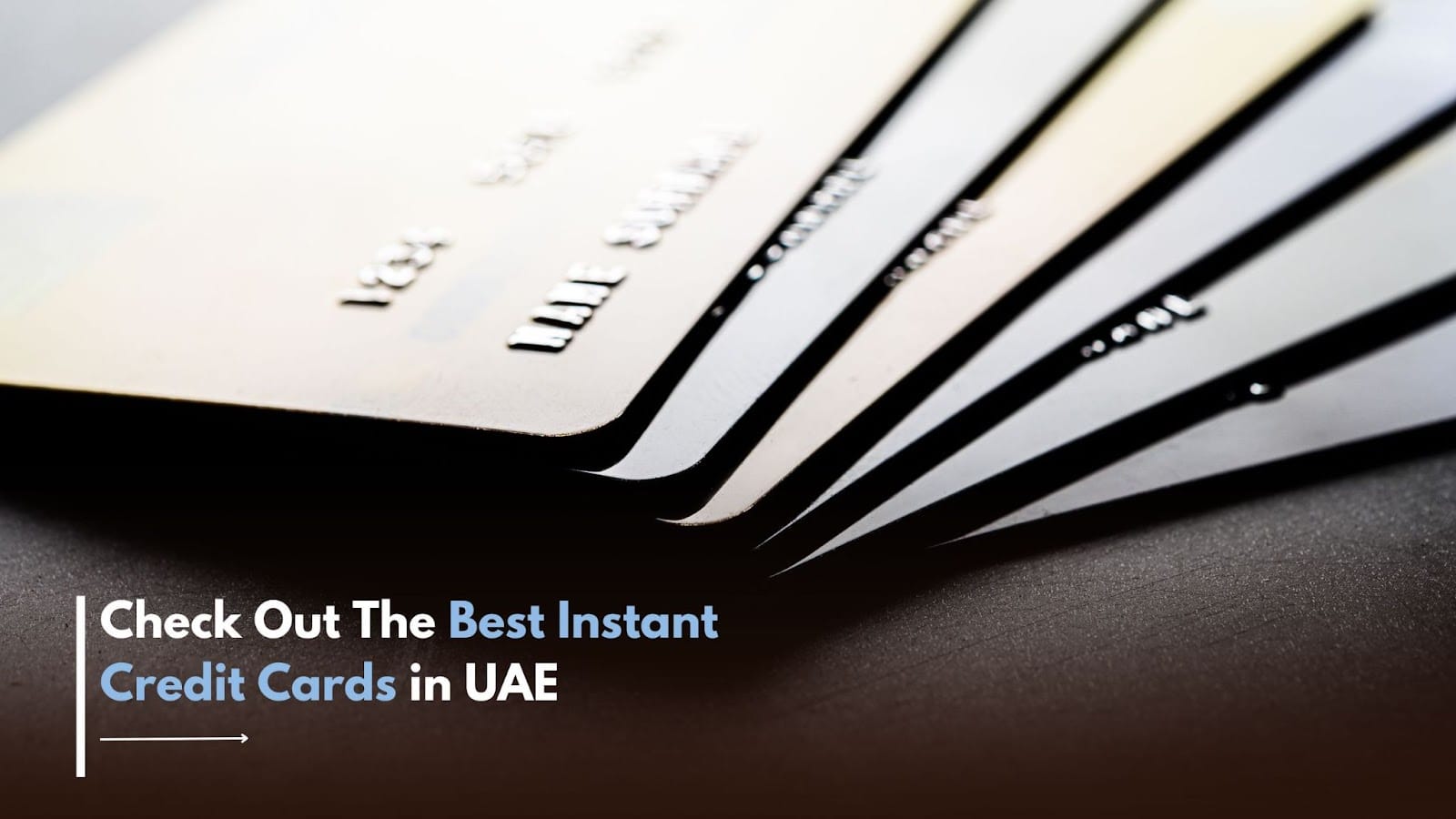Have you ever wondered how that thin piece of plastic in your wallet lets you buy things without having the cash upfront? Credit cards are a powerful tool, but understanding how they work is crucial for using them responsibly.
This article will unveil the secrets behind credit cards, from explaining how you can borrow money to buy that new gadget to how to avoid getting hit with hidden fees. By the end, you’ll be a credit card master, ready to reap the benefits and avoid the pitfalls!
The Basics of Credit Cards

So, how does a credit card work? Well, to answer that question, we need to understand the basics.
Credit Line and Credit Limit
Imagine your credit card as a short-term loan from the bank. Unlike a debit card, which directly accesses your existing bank account funds, a credit card works on a credit line. The bank allows you to borrow against this preset amount of money. Think of it as a spending limit assigned just for your card.
The key difference between a credit line and your bank balance is that you’re not spending your money upfront with a credit card. You’re essentially borrowing and then have to pay it back later. Your credit limit caps this borrowed amount.
This limit is determined by the bank based on your creditworthiness, which includes factors like your income and credit history. So, if your credit limit is AED 10,000, that’s the maximum amount you can charge to your card at any time.
Interest Rates and APR
There’s a catch to using credit cards for purchases: interest. If you don’t pay your balance in full by the due date (which we’ll discuss later), you’ll be charged interest on the remaining amount.
This interest is essentially a fee for borrowing the money. It’s expressed as a yearly percentage rate, known as the Annual Percentage Rate (APR). The APR can vary depending on your creditworthiness and the specific card you have. Generally, the higher your APR, the more you’ll pay interest charges.
Grace Period
Here’s some good news! Credit cards offer a grace period. This is a window of time (typically around 21 days) after your billing cycle closes where you can pay off your balance in full without incurring any interest charges. It’s like a free loan period if you repay everything before the deadline.
However, if you carry a balance over to the next billing cycle, interest charges will start accruing based on your card’s APR. So, making at least the minimum payment by the due date is crucial to avoid getting hit with interest fees.
How to Use a Credit Card

Making Purchases (Swipe, Chip & PIN, Contactless)
Now that you understand the credit line and the importance of timely payments let’s explore how you can actually use your credit card. There are three main methods for making purchases:
- Swipe: This is the traditional method, where you swipe your card through a magnetic card reader at the checkout terminal. While still widely used, swipe technology is considered less secure due to the potential for skimming, where thieves steal your card information.
- Chip & PIN: This method offers better security. Your credit card has a microchip embedded in it containing encrypted data. To make a purchase, you insert the chip into the terminal and enter a Personal Identification Number (PIN) for verification. This makes it more difficult for criminals to copy your card information.
- Contactless: This is the most modern approach. Your credit card likely has a near-field communication (NFC) chip that allows for contactless payments. Simply wave your card over the designated reader at the terminal, and the transaction is complete. While convenient, contactless payments may have lower transaction limits compared to chip & PIN.
Cash Advances
Your credit card can also be used to access actual cash, but this comes with a few drawbacks. A cash advance allows you to withdraw cash from an ATM or bank branch using your credit card PIN.
However, unlike regular purchases, cash advances typically incur higher fees upfront, and they may not qualify for the grace period, meaning interest starts accruing immediately. It’s generally recommended to avoid cash advances unless absolutely necessary due to the associated higher costs.
Statements and Payments

Keeping track of your credit card spending is crucial. That’s where your monthly credit card statement comes in. It’s a detailed breakdown of your activity during the previous billing cycle.
Here’s what you need to know about understanding and managing your statement:
Understanding Your Credit Card Statement
Your credit card statement will be filled with information, but don’t be intimidated! Let’s break down some key components:
- Minimum Payment: This is the smallest amount you need to pay by the due date to avoid late payment fees. However, just paying the minimum keeps your balance accruing interest, so it’s best not to rely on this solely.
- Due Date: This is the deadline by which you must make at least the minimum payment to avoid late fees and potential damage to your credit score.
- Statement Balance: This is the total amount you owe on your credit card, including previous balance, new purchases, interest charges, and any fees incurred.
- Transaction History: This section details all your credit card activity during the billing cycle, including dates, merchants, and amounts spent. Scrutinise this list to ensure all charges are legitimate.
Making Payments on Time and in Full
Here’s the golden rule of credit card use: Pay your statement balance in full and on time whenever possible.
This ensures you avoid interest charges and late fees, which can add up quickly and eat away at your savings. Even if you can’t pay the entire balance, making at least the minimum payment by the due date is crucial to maintaining a good credit history.
Building and Maintaining Good Credit

Using a credit card responsibly is one of the best ways to build a strong credit score. This score is a numerical representation of your creditworthiness, and it plays a significant role in your financial future, impacting things like loan approvals and interest rates.
How Credit Card Use Affects Credit Score
Here’s how your credit card habits can influence your credit score:
- On-Time Payments (35%): This is the most important factor. Consistent on-time payments demonstrate your ability to manage credit responsibly. Late payments, on the other hand, can significantly damage your score.
- Credit Utilization Ratio (30%): This refers to the percentage of your credit limit you’re using. Ideally, you should keep this ratio below 30%. Maxing out your credit cards or carrying a high balance can negatively impact your score.
- Length of Credit History (15%): The longer you’ve had credit accounts in good standing, the better your score will be. Using your credit card responsibly over time builds a positive credit history.
Tips for Responsible Credit Card Use
Now that you understand the impact, here are some practical tips to ensure you’re building a good credit score with your credit card:
- Set a Budget and Stick to It: Before swiping your card, plan your spending based on your income. Only charge what you can realistically afford to pay off in full each month.
- Automate Payments: Set up automatic payments for at least the minimum amount to avoid missing due dates.
- Pay More Than the Minimum: Whenever possible, aim to pay your balance in full each month to avoid interest charges and improve your credit utilisation ratio.
- Monitor Your Credit Report Regularly: Review your credit report frequently for any errors or suspicious activity. You can access free credit reports from each of the three major credit bureaus annually.
- Don’t Apply for Too Much Credit at Once: Applying for multiple credit cards in a short period can trigger inquiries on your credit report, which can temporarily lower your score.
By following these tips and using your credit card responsibly, you can build a strong credit score, unlocking a world of financial opportunities in the future.
Conclusion
Congratulations! You’ve unlocked the secrets of credit cards. In a nutshell, they offer a convenient way to make purchases by borrowing money from the bank, with the responsibility to pay it back later.
Remember, credit cards are powerful tools, and with great power comes responsibility. By using your credit card strategically and paying your balances on time, you can leverage its benefits and build a strong credit score, setting yourself up for financial success.
So, swipe wisely, manage your spending responsibly, and enjoy the financial flexibility that credit cards can offer!







